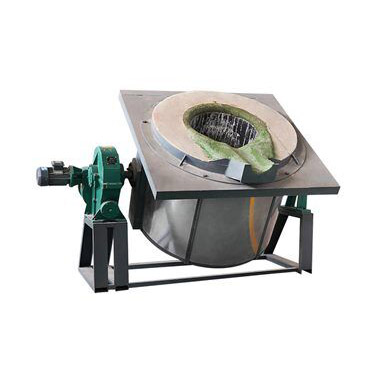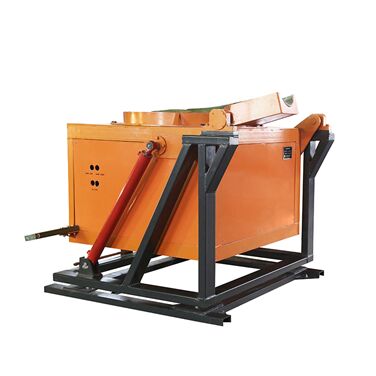Introduction to Vacuum Melting
To enhance the induction melting process and isolate it from the surrounding atmosphere, the melting furnace is often fully enclosed within a vacuum container, typically operating at 10 Torr. This configuration ensures the process is protected from atmospheric contaminants, creating a more controlled environment for melting. The use of a vacuum significantly reduces oxidation and the potential for contamination, improving the overall quality of the melt.
Benefits of Vacuum Melting
By combining electromagnetic stirring with the vacuum atmosphere, the process aids in degassing the metal, ensuring that impurities like hydrogen or oxygen are removed during melting. This helps prevent oxidation during both the melting and casting processes, leading to a casting that is free from inclusions and exhibits an even material distribution. The ability to add materials during the melting process without concern for oxidation also enhances the accuracy and reproducibility of the casting quality. This results in metals and alloys with higher purity, better resistance to corrosion, and improved durability against fatigue and thermal stresses.
However, vacuum melting comes with higher operational costs due to the extended time required to establish and maintain the vacuum. The time spent on vacuum generation and subsequent operations is longer than in traditional melting methods. Additionally, processes such as charging and pouring the melt must be carried out remotely to maintain the vacuum environment. This makes vacuum melting a more specialized, albeit more expensive, option used primarily when specific material properties are required for high-performance applications.
Applications and Materials Suitable for Vacuum Melting
Vacuum melting is commonly used for the production of superalloys, special steels, and high-purity metals. This process is ideal for nickel-based and cobalt-based superalloys, such as Nemolik, Atimet, Inconel, and Vaspanu, as well as for special steels like Manain steel, stainless steel, and high-speed steel. It is also employed in the production of high-purity metals like nickel, cobalt, uranium, and beryllium, which are critical for various advanced applications. Furthermore, vacuum melting is used for producing basic metal alloys, including copper-chromium, copper-titanium, iron-titanium, and iron-chromium, as well as materials with controlled expansion coefficients, such as Invar and Eurispa.
The vacuum melting process is particularly beneficial for producing high-purity magnetic materials, including μ metal and iron-cobalt-vanadium alloys, as well as light and active metals like titanium, aluminum, and zirconium. If these alloys are not initially placed in the vacuum container before melting, they can still be added later during the process using a charging lock system. This system allows the alloy to be introduced into the melt without exposing it to the air, ensuring that the integrity of the vacuum environment is maintained.
Equipment and Operational Features
Large vacuum furnaces are capable of handling substantial quantities of material, with capacities ranging from 300 to 5000 kg of steel. The furnace tank itself is typically constructed from stainless steel, which eliminates the need for magnetic shielding in most cases, except in larger furnaces where it may still be necessary. Many vacuum furnaces are equipped with mold interlock devices that allow molds to be prepared outside the vacuum chamber. Once the vacuum is established, these molds can be transferred into the chamber under sealed conditions. Combined with the charging lock device, these features allow the furnace to operate continuously without requiring frequent re-evacuation of the melting chamber.



